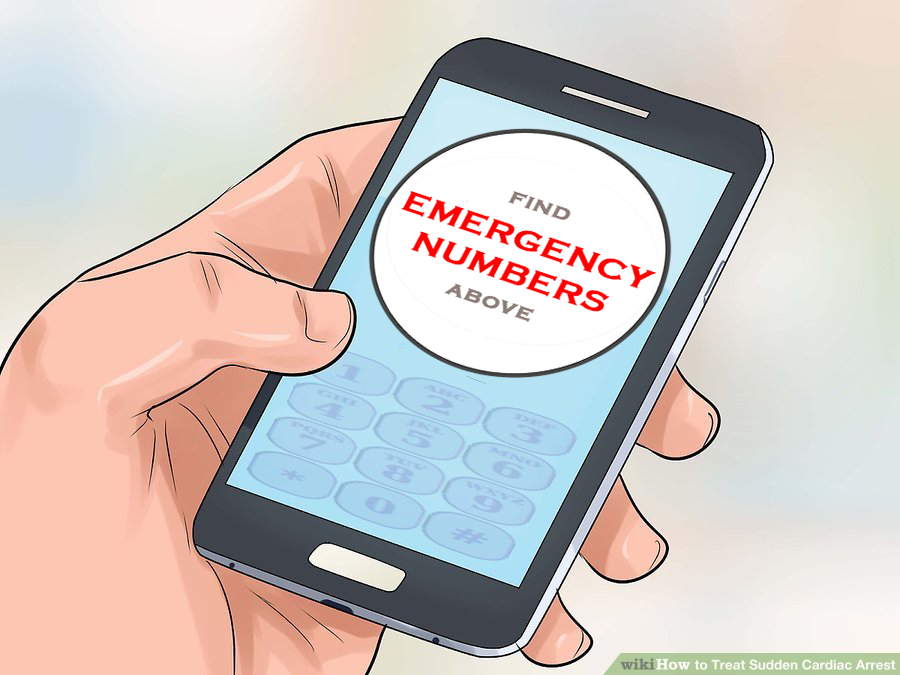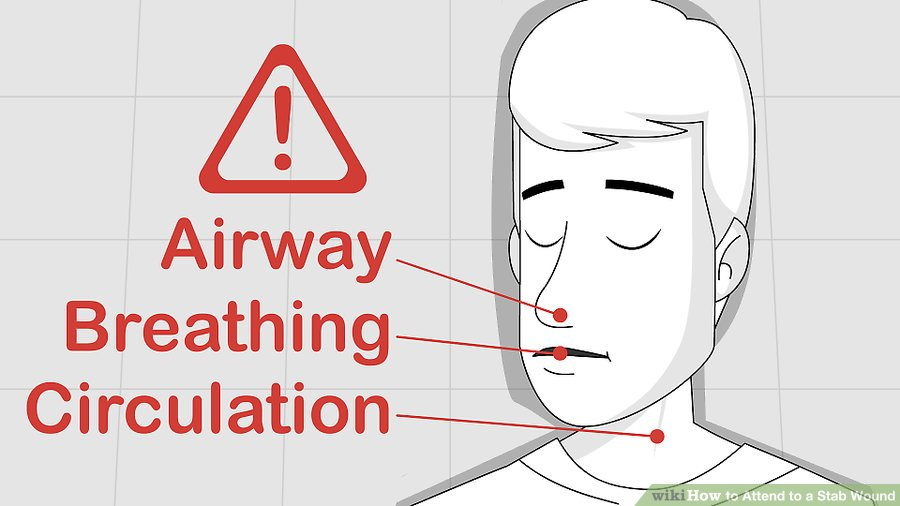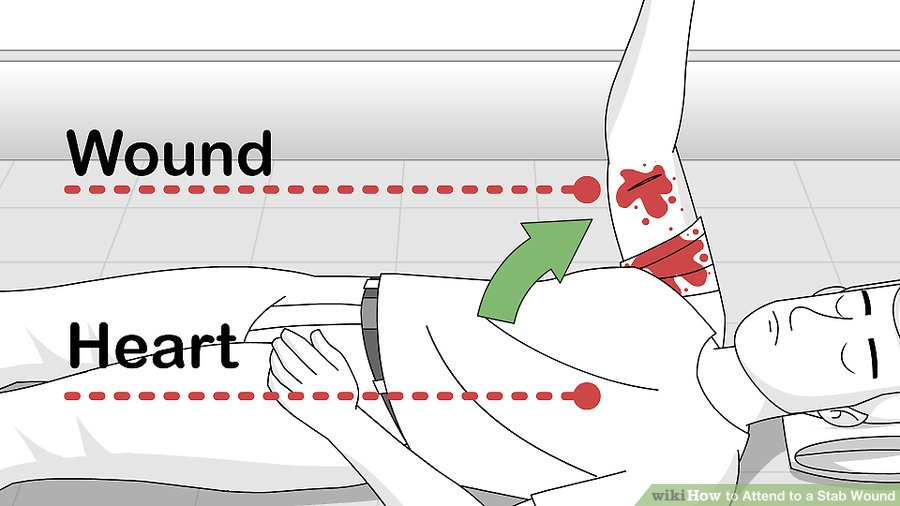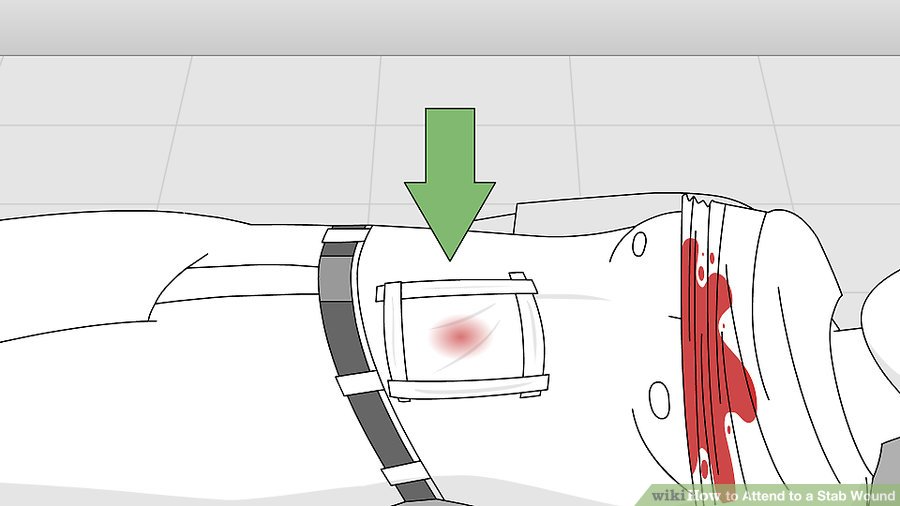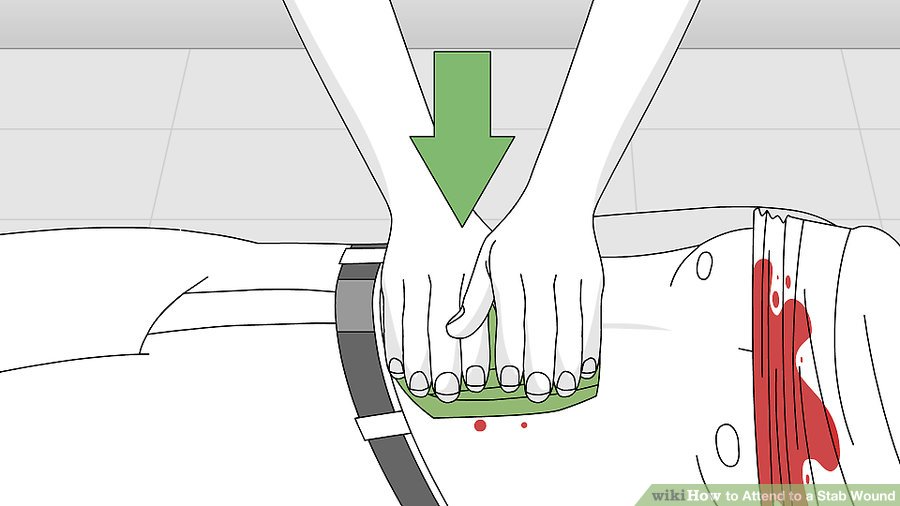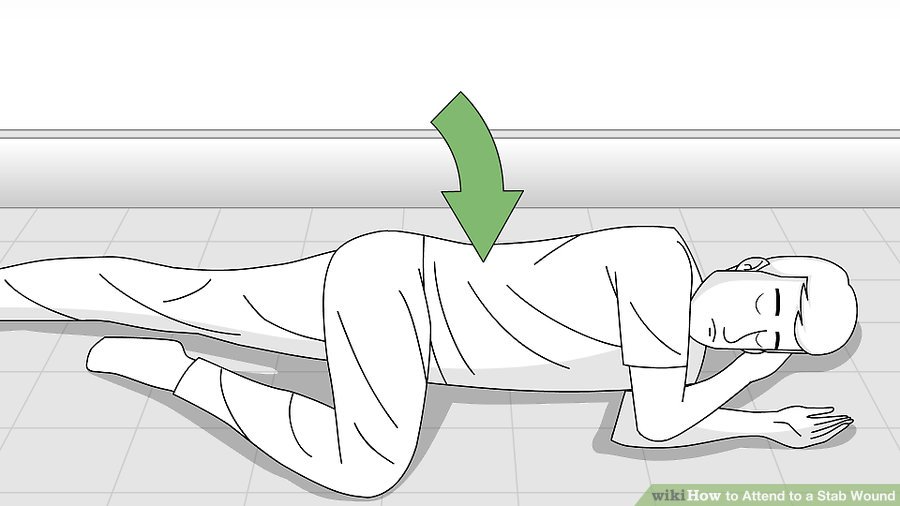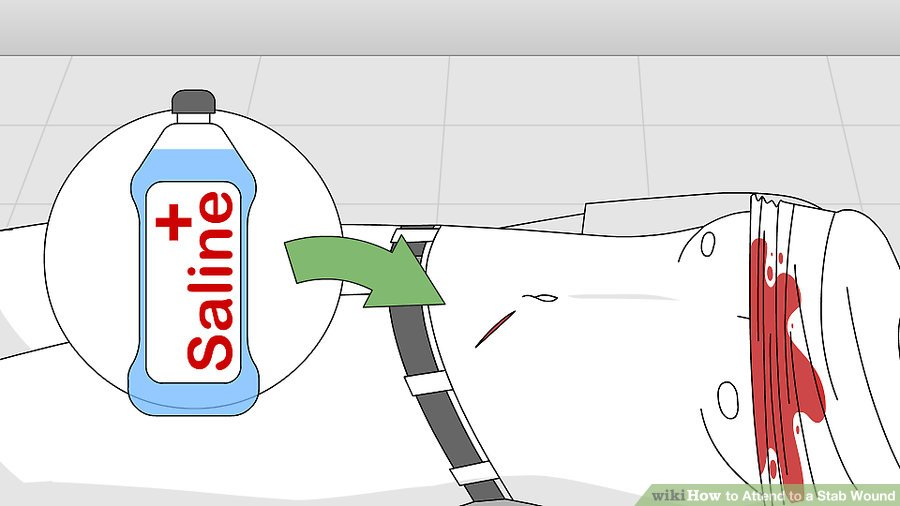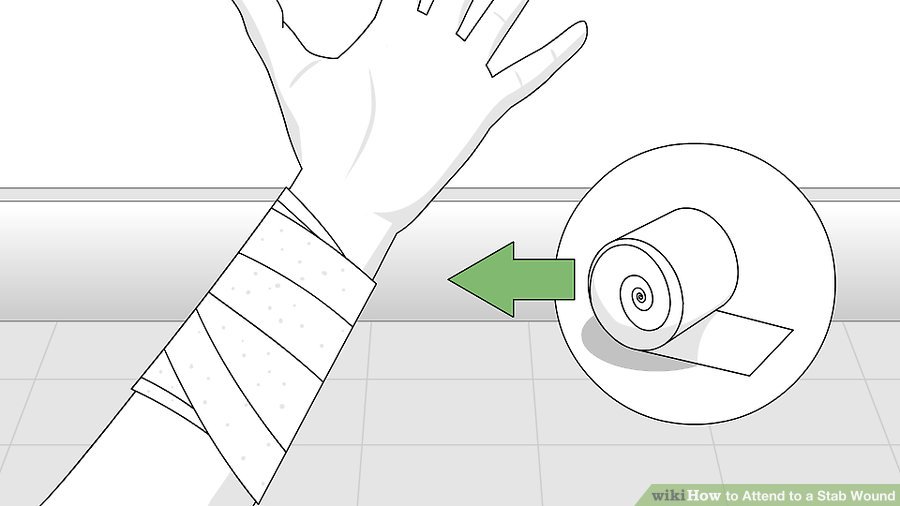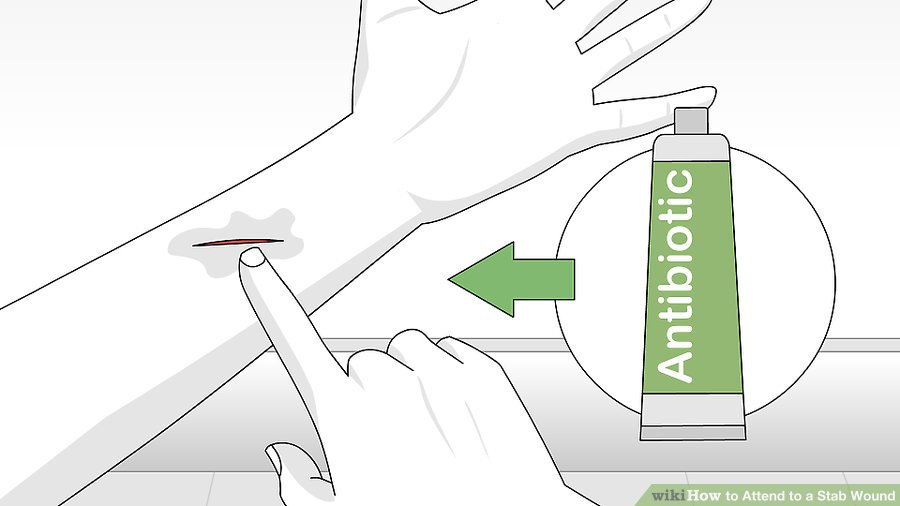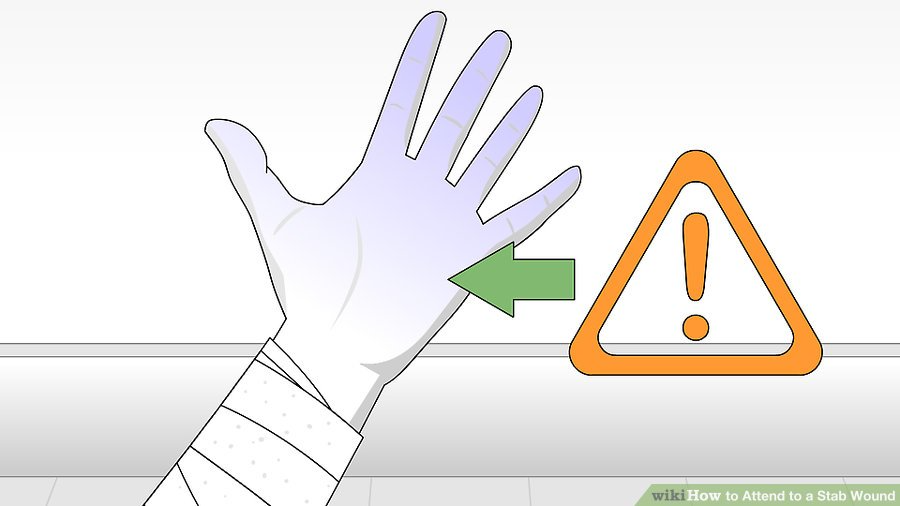Back First Aid Explained
How to Attend to a Stab Wound
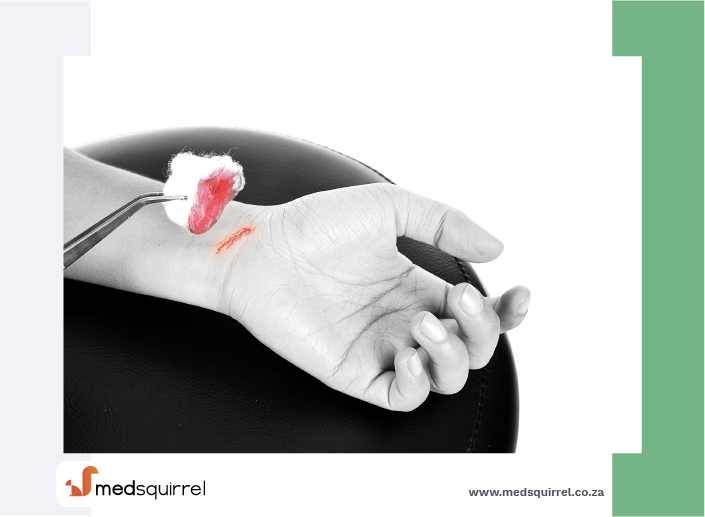
We have selected the following expert medical opinion based on its clarity, reliability and accuracy. Credits: Sourced from the website wikiHow. Please refer to your own medical practitioner for a final perspective, assessment or evaluation.
Overview
Painful, gory, and potentially deadly, a stab wound requires immediate treatment to alleviate the bleeding and pain and stabilize the victim until he can be examined by medical professionals. Attending to a stab wound requires quick action and a level head in order to effectively provide the first aid needed to control the bleeding and save the victim's life.
Quick Summary
- If someone has been stabbed, contact your local emergency services immediately! (see "EMERGENCY NUMBERS" above).
- Lay the stabbed person down, check their pulse and breathing, and start CPR if they’ve stopped breathing.
- If the stabbing object is still embedded, do not remove it.
- Put on gloves if you have any. Then, use a shirt to carefully and gently apply pressure around the wound if the person is still impaled, or directly over the wound if the stabbing object has been removed.
Scroll down for more advice, including how to clean and close the stab wound on your own in an isolated setting.
Part 1: Assessing the Situation
1. Survey the area
A stabbing often occurs during a volatile incident and the assailant(s) may still be in the vicinity, which could be dangerous for you and the stabbing victim. Avoid making yourself a potential victim by intervening or going near the assailants. Only approach the victim once you have determined it is safe for you to do so.
- Although waiting until the assailants have left the scene does entail lost precious time for the stabbing victim, having more people injured is hardly conducive to rescuing anybody.
2. Call for emergency help immediately (see "EMERGENCY NUMBERS" above)
- If you are the only person around, use your phone to call for as first priority assistance. If you don't have a phone with you, try to find a passersby or a nearby shop. You want to help the person as quickly as you can, but the most helpful thing you can do is get professional medical help to the victim as soon as possible.
- If the assailants are still nearby and you are unable to safely approach the victim, use that time to call emergency services.
3. Lay the person down
Before you do anything else to attend to the stab wound, get the person to lie down on the ground. This will make it easier to help stabilize the victim, particularly if he starts to get dizzy or fall unconscious. You don't want the person to risk aggravating the injury or harming himself if he falls while fainting.
- For comfort, place a jacket or backpack under the victim's head. Alternatively, if there are other people around, ask one of them to sit with the person's head in her lap and talk to him. This will be soothing to the victim and help him keep calm.
4. Examine the person and determine the extent of the injury
Is there more than one stab wound? Are there slashes? Where is the blood coming from? Is it on the front or back of the body?
- You will probably have to part the person's clothing to properly identify the wound(s). Try to look for and identify all wounds before starting your treatment.
- However, if you notice one obviously severe wound that needs urgent treatment, you should deal with this immediately. A severe wound would be one that is bleeding steadily and profusely or one that it spurting out blood like a geyser. Spurting blood is usually a sign that the wound has hit an artery.
Part 2: Attending to the Stab Wound
1. Put on disposable gloves if you have them
Alternatively, you can also put some plastic bags over your hands. Though this step is not required in order to tend to the stab wound, it is important in order to protect yourself reduce the risk of infection to you or the victim.
- If available, nitrile or other non-latex gloves are preferable. These types of gloves minimize the possibility of an allergic reaction to latex, which can complicate treatment. Nitrile and other non-latex gloves are usually blue or purple and are rapidly replacing the white latex gloves that were previously the standard.
- If you don't have gloves with you, try to wash your hands or even use a hand sanitizer quickly. If you have nothing available to you, try to use layers of cloth to keep a barrier between yourself and the victim's blood.
- Remember, you do not have to touch the person if you believe that you are in danger of contracting an infection or are otherwise uncomfortable. Wait for emergency assistance if you are in doubt. If you choose to treat the victim, do your best to minimize contact with the victim's blood.
2. Check the victim's ABCs: Airway, Breathing, and Circulation
- Make sure the person's airway remains unobstructed.
- Listen for the sound of breathing and watch the person's chest for movement.
- Check the victim's pulse to make sure the heart is still beating.
- If the victim has stopped breathing, perform CPR.
- If the person is conscious, begin working but also talk with him to keep him calm and help slow his heart rate. If possible, try to keep the victim's eyes averted so he cannot see the wound.
3. Remove the victim's clothing around the affected area
This will enable you identify the precise location of the stab wound and then apply treatment. Stab wounds can sometimes be obscured by both clothing and blood or other fluids and even dirt or mud, depending on where the victim is found.
- Use care in removing the victim's clothing since she is likely in considerable pain.
4. Do not remove the stabbing object if it is embedded
Leave the object in the wound if it is still there and be very careful not to move it, which may cause further damage. The object is actually helping to stem the blood flow. Pulling it out will likely increase blood loss, while pushing it in may cause further injury to the internal organs.
- You'll need to apply pressure and dress the wound around the object as best you can. Medical professionals will be better able to remove the object without damaging any internal organs or causing massive blood loss in the process.
5. Stop the bleeding
Apply pressure on the wound with a clean and absorbent material (like a shirt or towel), or preferably, a clean dressing such as sterile gauze. If the object is still in the wound, press firmly around it. Applying pressure to the wound will help to slow the flow of blood.
- Some first aid training suggests using the edge of a credit card to "seal" the wound, an item that's handy because so many people have one on them. Not only does this stem blood flow, but it may also prevent lung collapse (by keeping air out of the wound) if the wound is in the chest.
- If the wound is bleeding profusely, apply pressure to the major artery leading to the area with your hand, while your other hand continues to apply pressure on the wound. These areas are called "pressure points". For example, to slow bleeding in the arm, press the inside of the arm just above the elbow or just below the armpit. If the wound is on the leg, press just behind the knee or in the groin.
6. Reposition the victim so the wound is above the heart
This will help reduce blood loss. If the victim can sit, get him to move himself into an upright position; if not, then help the victim if possible.
7. Cover the dressing
If you happen to have first aid materials with you, fasten the dressing in place using a bandage or tape. Do not lift or remove the dressing as this will disrupt clot formation and re-start the bleeding. If the dressing becomes soaked with blood, add more cloth material on top of it.
- If you don't have any materials to fasten the dressing in place, simply continue to apply pressure. This will help the blood clot.
- For a chest wound, be careful. Cover the wound with something like kitchen foil, a plastic bag or cling-film and only cover three sides of the wound and leave one un-taped or bandaged down. Air needs to be able to escape from one side of the bandage to prevent it from entering the pleural cavity in the chest. If air enters the pleural cavity, the lungs can collapse.
- Never use a tourniquet except as the last resort to save a life. Know how and when to use a tourniquet. If a tourniquet is applied incorrectly, it may lead to an unnecessary serious injury to or loss of the affected limb.
8. Continue to apply pressure to the wound until help arrives
While waiting for emergency help, continue to monitor the ABCs: airway, breathing, and circulation.
- Look for and treat symptoms of shock. Symptoms of shock include cool, clammy skin, paleness, rapid pulse or breathing, nausea or vomiting, dizziness or fainting, and increased anxiety or agitation. If you suspect the victim may be in shock, loosen any tight clothing and cover her with a blanket to warm her. Try to get the victim to stay still.
9. Check the victim's consciousness
If the victim falls unconscious, you'll need to act quickly. Place the victim in the recovery position, on his side with the head tilted back and the hand further away from the ground under the head and the arm closest to the ground either bent or straight out. The leg further away from the ground (the top leg) should be bent for stability and to keep the victim from rolling forward. Do not put someone in the recovery position if you suspect he has a spinal or neck injury. Monitor the person's breathing.
- If the unconscious victim stops breathing, place the victim on his back and perform CPR.
10. Keep the victim warm and comfortable
Both shock and loss of blood can cause the victim to suffer from lowered body temperature. Throw a blanket, coat, or some other warm item over the victim to keep her warm.
- Keep the victim as still as possible. Whether lying or sitting down, the person should be kept still and calm. It is important that someone remains with the person constantly to both reassure her and to monitor her condition.
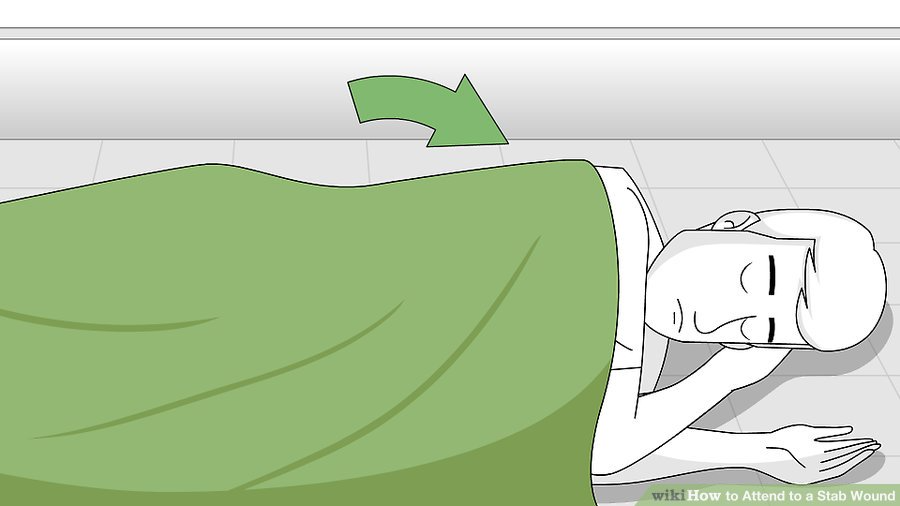
Part 3: Cleaning and Closing a Stab Wound
1. Begin cleaning the wound
If you are isolated and not able to call emergency services (e.g., if you are camping or in the wilderness), you should clean the wound once you have some control over the bleeding. In normal circumstances, this would be the job of emergency personnel, but there may be times when you need to do this yourself.
- Remove any debris from the wound if present. Keep in mind, however, that even a wound without debris has had an object jabbed in it and there's no way of knowing how clean that item was. In other words, every wound should be cleaned properly.
- Saline is the best to irrigate the wound. Fresh, clean water is best if there is no saline on-hand.
- You can also make a salt solution. Mix of 1 tablespoon of salt to 1 cup of warm water.
- The victim will likely experience pain when the wound is being cleaned so if the person is conscious, give him warning.
2. Pack the wound
A dirty wound should not be closed, and any stabbing is considered dirty. Packing the wound should help to avoid any contamination from outside materials, like dirt, which could cause an infection. Stab wounds should be packed with saline and gauze and cover with tape relatively loosely. In this case, you are covering the wound, not binding it, as you wait for it to clot.
- If you have some medical training or you are certain the wound is clean, you may wish to close the wound. Make sure the wound is dry first. If you have some glue, apply it to the edges of skin around the wound (not on the wound). Apply a strip of tape to one edge of the wound, close the skin gap with your hand, and apply the other side of the tape. Cover the wound with clean cloth, duct tape, or whatever else you have on hand that can keep dirt and other infectious materials out of the wound. The wound should be repacked daily.
- If a wound will not cease bleeding, do NOT close it.
3. Apply antibiotic treatment, if available
If you have any antibiotic ointments, apply periodically to the wound. This will also help avoid any infection from setting in.
4. Check that the bandage is not too tight
Check the area furthest away from the heart for each limb that has a bandage on it. For example, if the person has an arm wound, examine his fingers. If the person has a leg wound, check his toes. If a bandage is too tight, it may cut off blood flow to the area below it, which is dangerous and can permanently damage the tissue. You can tell if this is happening because these areas will become discolored (blue or dark-colored). Loosen the bandage if you notice this happening and see emergency assistance as soon as possible.
_______________________________________________________________________________________________________________________
Are you a healthcare practitioner who enjoys patient education, interaction and communication?
If so, we invite you to criticise, contribute to or help improve our content. We find that many practicing doctors who regularly communicate with patients develop novel and often highly effective ways to convey complex medical information in a simplified, accurate and compassionate manner.
MedSquirrel is a shared knowledge, collective intelligence digital platform developed to share medical expertise between doctors and patients. We support collaboration, as opposed to competition, between all members of the healthcare profession and are striving towards the provision of peer reviewed, accurate and simplified medical information to patients. Please share your unique communication style, experience and insights with a wider audience of patients, as well as your colleagues, by contributing to our digital platform.
Your contribution will be credited to you and your name, practice and field of interest will be made visible to the world. (Contact us via the orange feed-back button on the right).
Disclaimer:
MedSquirrel is a shared knowledge, collective intelligence digital platform developed to share medical knowledge between doctors and patients. If you are a healthcare practitioner, we invite you to criticise, contribute or help improve our content. We support collaboration among all members of the healthcare profession since we strive for the provision of world-class, peer-reviewed, accurate and transparent medical information.
MedSquirrel should not be used for diagnosis, treatment or prescription. Always refer any questions about diagnosis, treatment or prescription to your Doctor.

